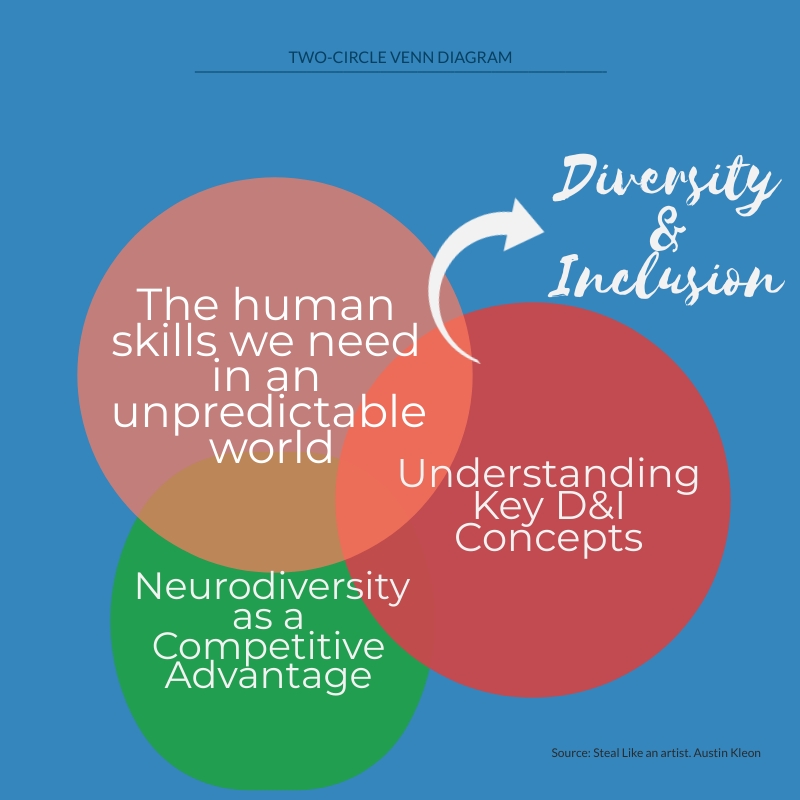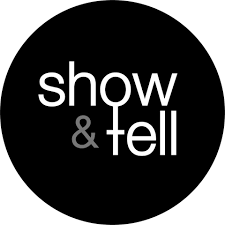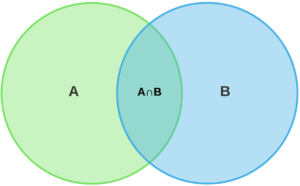Response #1
The style of Margaret Heffernan’s TED Talk, The Human Skills We Need in an Unpredictable World, was quite compelling. Ms. Heffernan, an entrepreneur, CEO, writer and keynote speaker, immediately grabbed our attention by sharing case studies that presented examples of things the audience likely would predict had happened, then surprised us by showing that we were wrong.
Heffernan led us through the telling of multiple stories with unexpected endings primarily because every case involved humans versus technology. Our presenter’s voice possessed a cadence that kept her audience’s attention and she engaged us by asking a question then answering it. She used descriptive words like “robust”, “inefficient” and “preparedness” repeatedly to drive home her point. Heffernan was able to captivate her audience by discussing things that mattered to them, like the value of humans over algorithms.
Once she drew in her audience, Heffernan shared some philosophies that are important to her like how outsourcing to machines displaces people in low-income jobs or how technology leads us to not connect with people different from ourselves and have less compassion for others. In the end, she proved to us that humans are uniquely cut out for unpredictability and all its wonder.
Response #3

Margaret Heffernan, entrepreneur, CEO, writer and keynote speaker, is an innovator. She started out by looking at what made women-owned businesses different from others. Now she examines the intersection of business, technology, society and family.
During her TED Talk, “The Human Skills We Need in an Unpredictable World” we find that Heffernan’s views align quite well with many of the issues we’ve been studying in class. She understands that nothing is in a vacuum and that all things are connected. Ms. Heffernan spends a lot of time examining how the impact of one action can have a domino effect on multiple, seemingly unrelated, things. This is an important point as shown in “Key D&I Concepts” where Kaplan and Donovan illustrate how executive Kim unknowingly causes negative impacts on several of her employees through seemingly innocent acts. Similar to Austin and Pisano’s Neurodiversity as a Competitive Advantage, Heffernan’s TED Talk also speaks to the problematic nature of algorithms resulting in disconnection from and dispassion for others unlike ourselves. In an attempt to be efficient in hiring by using algorithms, many companies miss out on surprisingly beneficial relationships with atypical job candidates. As Ms. Heffernan put it, “We are attempting to force-fit a standardized model of a predictable reality onto a world that is infinitely surprising”. While we delve deeper into our work on Diversity and Inclusion, I hope we learn to do away with force-fitting standardized models on people and embrace everyone’s differences.


